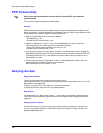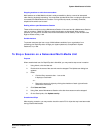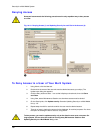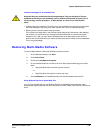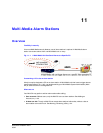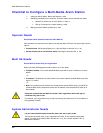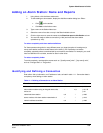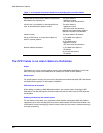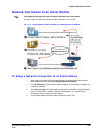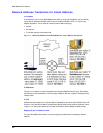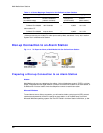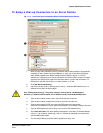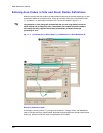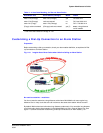
Multi-Media Alarm Stations
204
Table 11–2 Connection Information Needed for a Rapid Eye site to an Alarm Station
To Setup Alarm Station Using … A Multi SA Needs …
identical dial-up calls to alarm station’s modem from
Multi-Media units reporting to it
The alarm station’s:
- telephone number
- PPP user name and password
various local, long distance or international dial-up
calls, to the same alarm station’s modem
The alarm station’s:
- telephone number
- PPP user name and password
Multi SA has to adjust alarm station’s
telephone number in site definition
network access The alarm station’s IP address
dial-up to RAS server, to access alarm station on
server’s (remote) network
(1) The Multi alarm station’s:
- IP address
(2) The RAS server’s:
- telephone number
- PPP user name and password.
Network address translation (1) The Multi alarm station’s:
- IP address
(2) The internet router’s:
- IP address.
The PPP Fields in an Alarm Station’s Definition
Scope
This feature is for use in complex systems involving many Multi-Media, Multi-Media LT and older
Multi units using modems and a RAS server to connect to a number of alarm stations.
General case
For simple systems involving only a few units, Honeywell recommends that static PPP User Names
and Passwords be typed in an alarm station’s definition.
PPP fields can be left blank
When adding or updating a Multi-Media alarm station, you have the option of leaving the PPP
fields blank. The sites that report to that alarm station will use their site’s name for PPP fields that
are left blank.
Updating unit Security and network routers
For this feature to take effect, your organization’s Multi System Administrator (Multi SA) needs to
update security on each unit that plans to use alarm stations where PPP fields were left blank. Use
of the feature involves reconfiguring network routers to allow the unit names or passwords through
for further processing.



